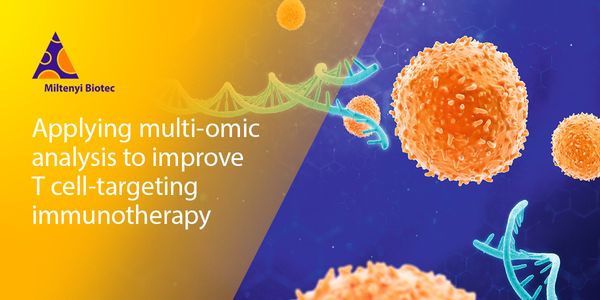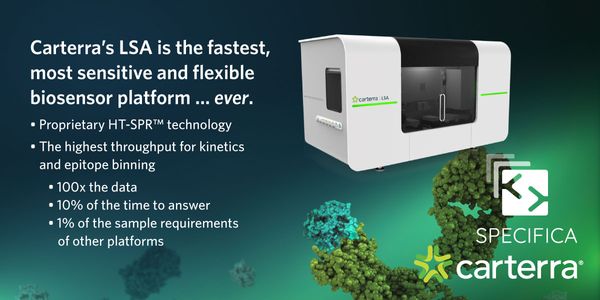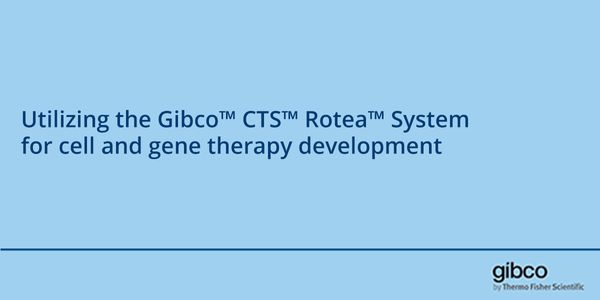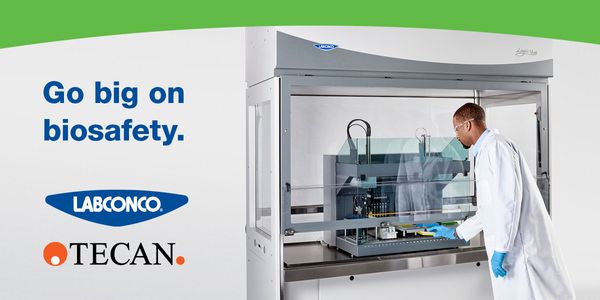High Throughput
High throughput cell biology is the use of automation equipment with classical cell biology techniques to address biological questions that are otherwise unattainable using conventional methods. It may incorporate techniques from optics, chemistry, biology or image analysis to permit rapid, highly parallel research into how cells function, interact with each other and how pathogens exploit them in disease. High-throughput biology serves as one facet of what has also been called "omics research" - the interface between large scale biology (genome, proteome, transcriptome), technology and researchers. High throughput cell biology has a definite focus on the cell, and methods accessing the cell such as imaging, gene expression microarrays, or genome wide screening. The basic idea is to take methods normally performed on their own and do a very large number of them without impacting their quality.
-
MAY 13, 2021 | 8:00 AMDate: May 13, 2021 Time: 8:00am (PDT), 11:00am (EDT) Antibodies are the most rapidly growing form of therapeutic. High-throughput methods of characterization are essential as companies and r...MAY 11, 2021 | 10:00 AMDate: May 11, 2021 Time: 10:00zm PDT Your samples are some of the most valuable assets in the laboratory. After spending countless hours on extraction and preparation, your conclusions could...Speaker: Paulina Kocjan , Kate Meola , Zareh ZurabyanControlling the spread of the 2019 novel coronavirus SARS-CoV-2 and ensuring a return to 'normal' activities in a post-COVID world requires two complementary efforts: 1) Widespread a...























